18,000 New Species Were Discovered Last Year - Here Are The Best
The skeleton shrimp was found in a cave on Southern California's Santa Catalina Island.

The olinguito is the first carnivorous mammal discovered in the Western Hemisphere in 35 years. It lives in the Andes cloud forests.
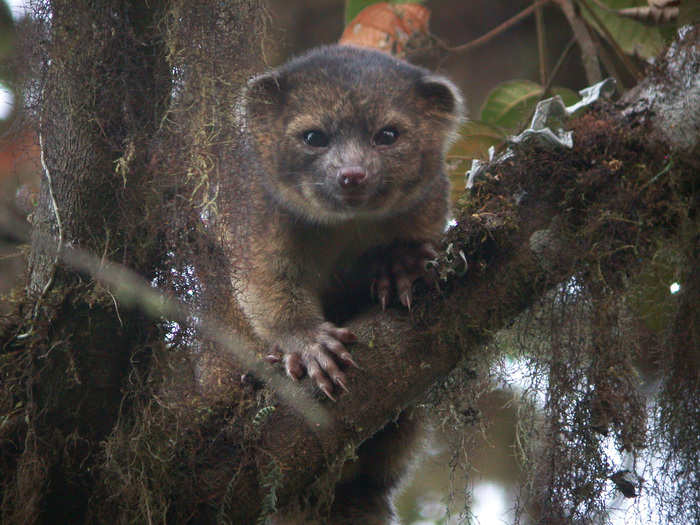
The domed land snail lives 3,000 feet underground in the caves of western Croatia and has no eyes. Only one living specimen has been collected.
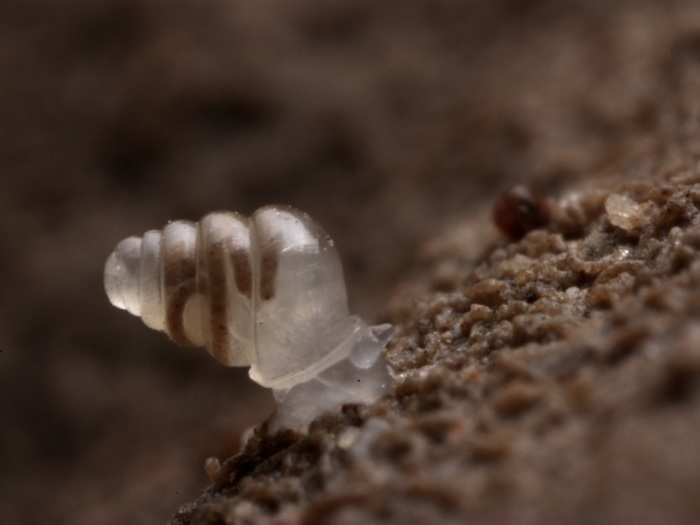
The nocturnal leaf-tailed gecko is a master of camouflage. This species is found hanging out vertically on rocks and trees. When scientists looked in surrounding areas, they were unable to find other populations, meaning the species may be rare.
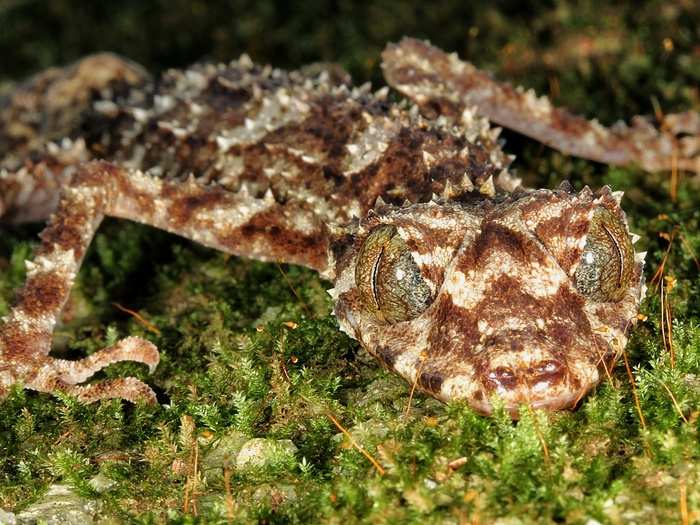
Here's a look at his his fancy tail.
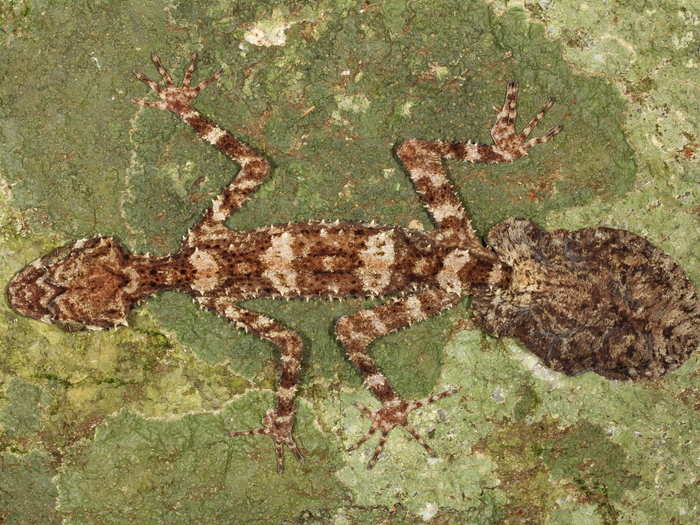
The amoeboid protist is large for a single-celled organism. It builds its shell from the skeleton pieces of dead sponges and then uses those pieces to trap food, similar to how the sponge feeds. It was found 30 miles off the Spanish coast.
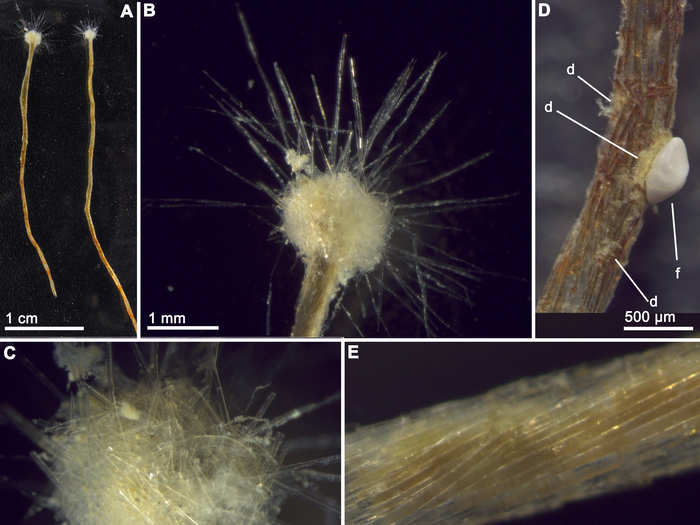
The tinkerbell fairyfly is one of the smallest insects and likely only lives for a few days like other fairyflies. It was found in a forest in Costa Rica.
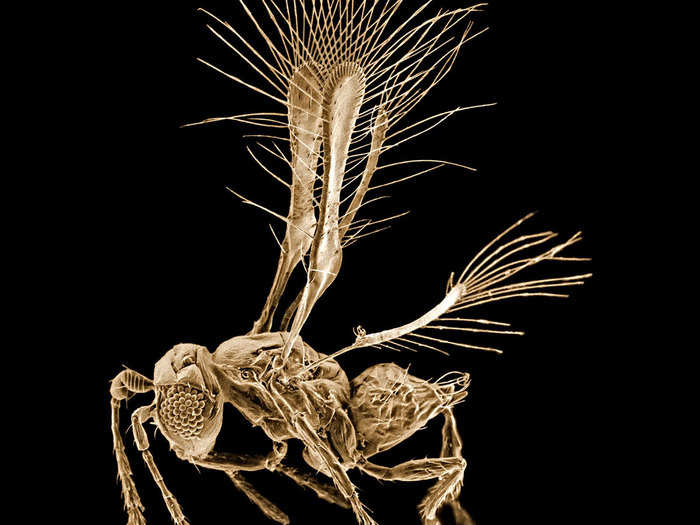
Orange penicillium is a fungus that was found in Tunisian soil and named for the Dutch Royal Highness the Prince of Orange. The fungus actually has a matrix outside its cells that may protect them from drought.
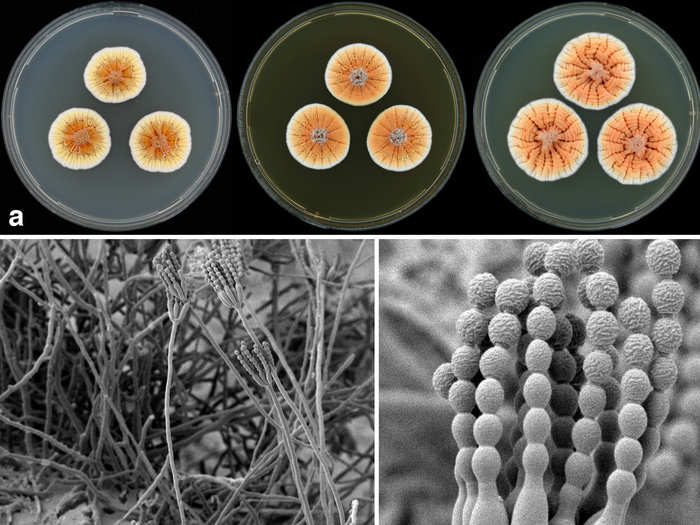
The ANDRILL anemone is the first known anemone to make its home in ice. It lives under glacial ice in Antarctica. It is named for the Antarctic Geological Drilling Program (ANDRILL) which discovered it using a remotely operated submersible.
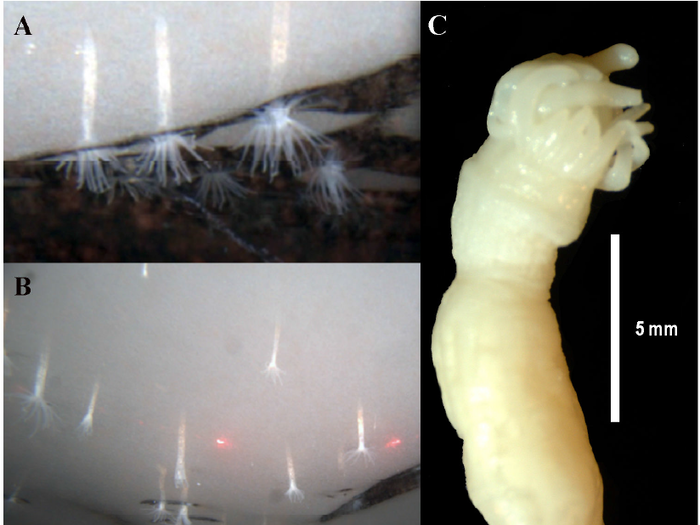
The 40-foot-tall kaweesak’s dragon tree only grows in limestone that is being extracted for concrete. It was listed endangered on discovery. The estimated 2,500 remaining trees are found in Thailand and Burma.

Clean room microbes have only ever been found in one ecosystem — the rooms where spacecraft are assembled. They were found in both a Florida and a French Guiana clean room, even after sterilization. Scientists worry they could contaminate other planets.
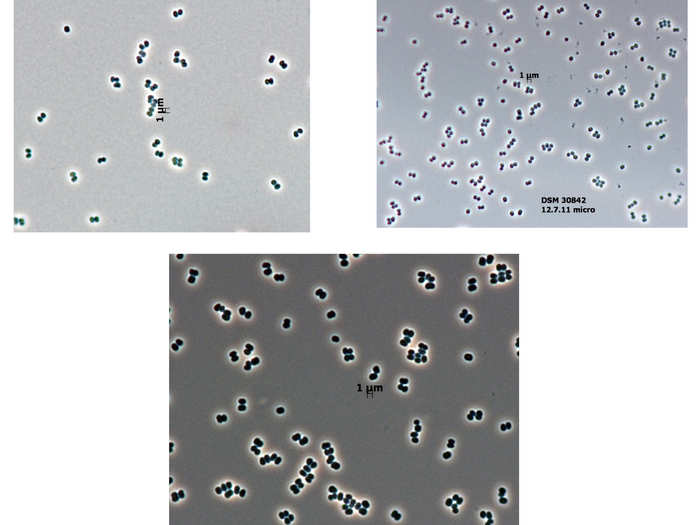
Despite its looks, the microcaecilia dermatophaga is not a worm. It's actually a caecilian, a legless amphibian from French Guiana. It is the first new caecilian species recorded in the area in over 150 years. The young feed off their mother's skin.
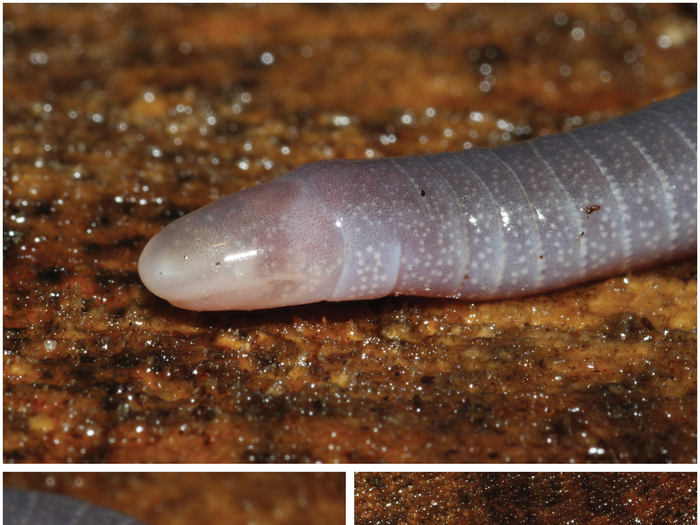
The Cambodian tailorbird lives in the humid floodplains of several Cambodian rivers and even within the city limits of Phnom Penh. It is currently classified as near threatened due to destruction of its habitat.
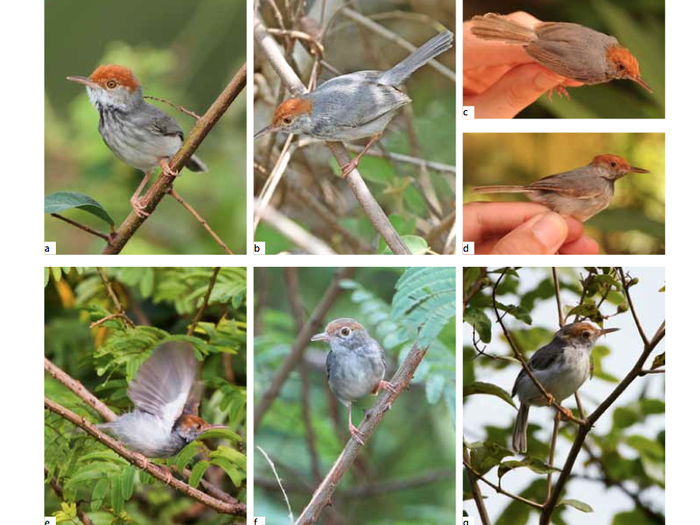
Plantanthera pollostantha is a plant that occupies a wide range of habitats on nine Macaronesian islands.
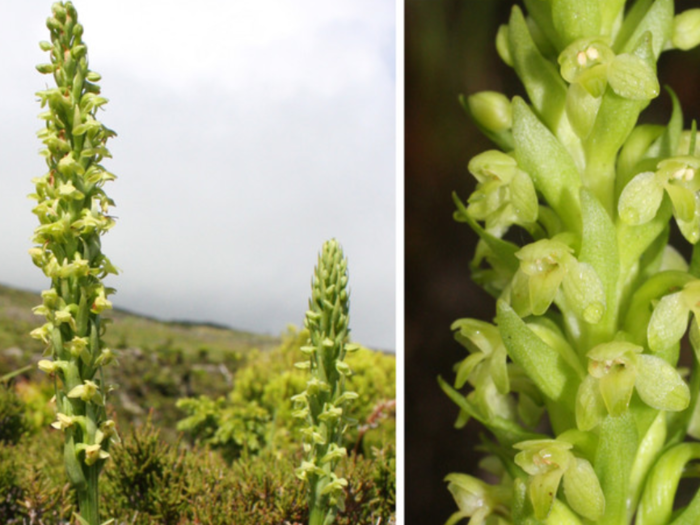
This flower called Solanum cowiei grows in colonies in the Northern Territory of Australia. It typically grows around small boulders or near rock formations in sandy and grassy areas.
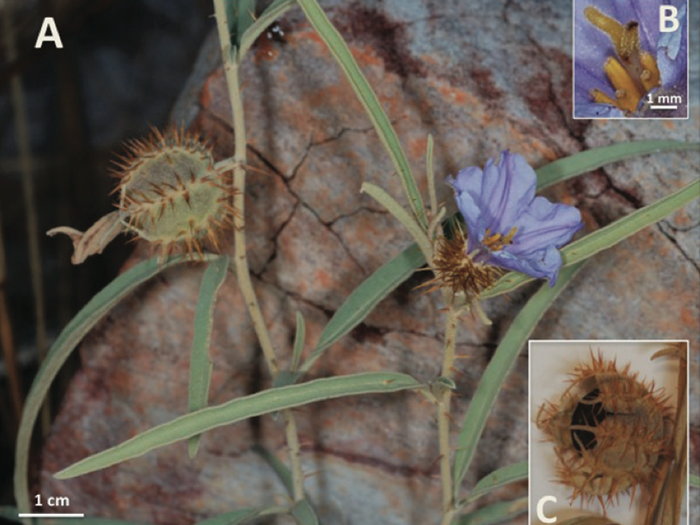
As new species are discovered, others are disappearing.
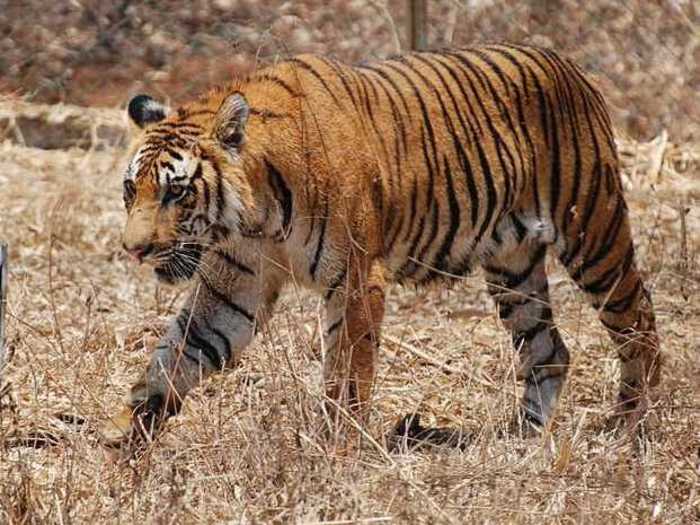
Popular Right Now
Advertisement